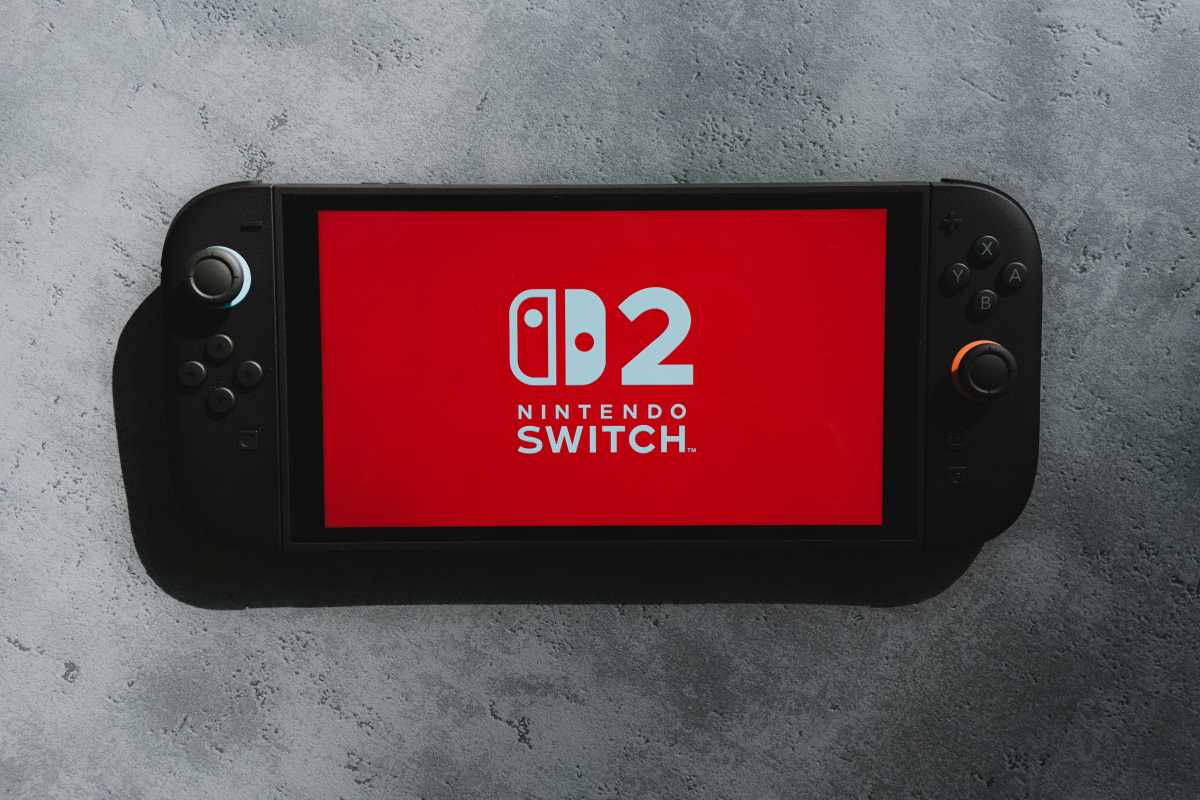Choosing a smartphone in 2025 feels like navigating a maze of marketing promises, spec sheets, and influencer reviews. With dozens of new releases hitting the market monthly, separating genuine innovation from clever packaging has become increasingly challenging. This comprehensive analysis examines the standout performers and notable disappointments of the year, helping you make an informed decision that aligns with your needs and budget.
The Cream of the Crop: 2025's Best Smartphones
iPhone 16 Pro Max: The Benchmark Refined
Apple's latest flagship continues to set industry standards, particularly in computational photography and ecosystem integration. The A18 Bionic chip delivers performance that outpaces most laptop processors, making resource-intensive tasks like 4K video editing surprisingly smooth on a mobile device.
What sets this device apart is its refined approach to AI integration. Instead of flashy gimmicks, Apple focuses on practical applications: smarter photo organization, improved Siri responses, and battery optimization that learns your usage patterns. The 48MP main camera system produces consistently excellent results across various lighting conditions, while the new titanium build strikes an ideal balance between durability and weight.
The price point remains steep at $1,199, but the longevity of iOS updates and consistent performance make it a solid long-term investment for users already embedded in Apple's ecosystem.
Samsung Galaxy S25 Ultra: The Everything Phone
Samsung's approach to smartphone design has always been "more is more," and the S25 Ultra exemplifies this philosophy beautifully. The 200MP camera system might seem excessive on paper, but in practice, it provides unprecedented flexibility for content creators and photography enthusiasts.
The S Pen integration remains unmatched in the Android ecosystem, transforming the device into a genuine productivity tool. Whether you're sketching design concepts, taking handwritten notes, or navigating complex spreadsheets, the precision and responsiveness rival dedicated stylus devices.
Battery life consistently delivers full-day performance even with heavy usage, while the 45W charging capability ensures minimal downtime. The One UI interface has matured significantly, offering extensive customization without compromising system stability.
Google Pixel 9 Pro: AI Done Right
Google's hardware division has finally caught up with their software ambitions. The Pixel 9 Pro demonstrates how artificial intelligence can enhance rather than complicate the user experience. The Magic Eraser feature has evolved beyond simple object removal to intelligent scene reconstruction, while the new Call Screen functionality provides unprecedented spam protection.
The camera system might feature fewer megapixels than competitors, but Google's computational photography algorithms consistently produce superior results. Night mode performance surpasses devices costing twice as much, while the new "Real Tone" technology ensures accurate skin tone representation across diverse subjects.
At $899, the Pixel 9 Pro offers flagship performance at a more accessible price point, making it particularly appealing for budget-conscious users who refuse to compromise on camera quality.
The Disappointing Duds: 2025's Worst Smartphones
Nothing Phone 3: Style Over Substance
Nothing's third iteration continues prioritizing visual flair over fundamental functionality. While the transparent design and LED notification system generate social media buzz, the underlying hardware struggles with basic performance requirements.
The Snapdragon 7 Gen 1 processor feels underpowered for a device positioned in the premium segment. App launching delays, occasional stutters during multitasking, and inconsistent gaming performance undermine the overall experience. The camera system produces acceptable results in optimal conditions but struggles significantly in challenging lighting scenarios.
Battery optimization remains problematic, with the LED notification system contributing to faster drainage than competing devices. At $699, the Nothing Phone 3 asks premium prices for mid-range performance wrapped in eye-catching packaging.
Sony Xperia 1 VI: Niche Appeal, Broad Problems
Sony's latest flagship targets content creators and photography professionals, but execution falls short of ambitious promises. The 21:9 aspect ratio creates an awkward user experience for standard applications, while the complex camera interface intimidates casual users without providing sufficient benefits for professionals.
Heat management issues become apparent during extended video recording sessions, with the device throttling performance precisely when creators need consistent output. The price point of $1,299 places it in direct competition with devices offering superior overall experiences.
Sony's commitment to headphone jacks and expandable storage deserves recognition, but these features cannot compensate for fundamental usability problems and thermal limitations.
Motorola Edge 50 Fusion: Budget Compromises Gone Wrong
Motorola's attempt to deliver flagship features at budget prices results in a device that excels at nothing while disappointing across multiple categories. The 50MP camera system sounds impressive but produces inconsistent results due to inferior sensor quality and processing algorithms.
The 6.7-inch display suffers from poor outdoor visibility and inconsistent color reproduction. Touch responsiveness issues plague the interface, creating frustrating delays during navigation and typing. Battery life fails to meet modern standards, requiring frequent charging throughout typical usage days.
At $399, the Edge 50 Fusion competes with devices like the Pixel 8a and Galaxy A55, both offering superior performance and reliability.







